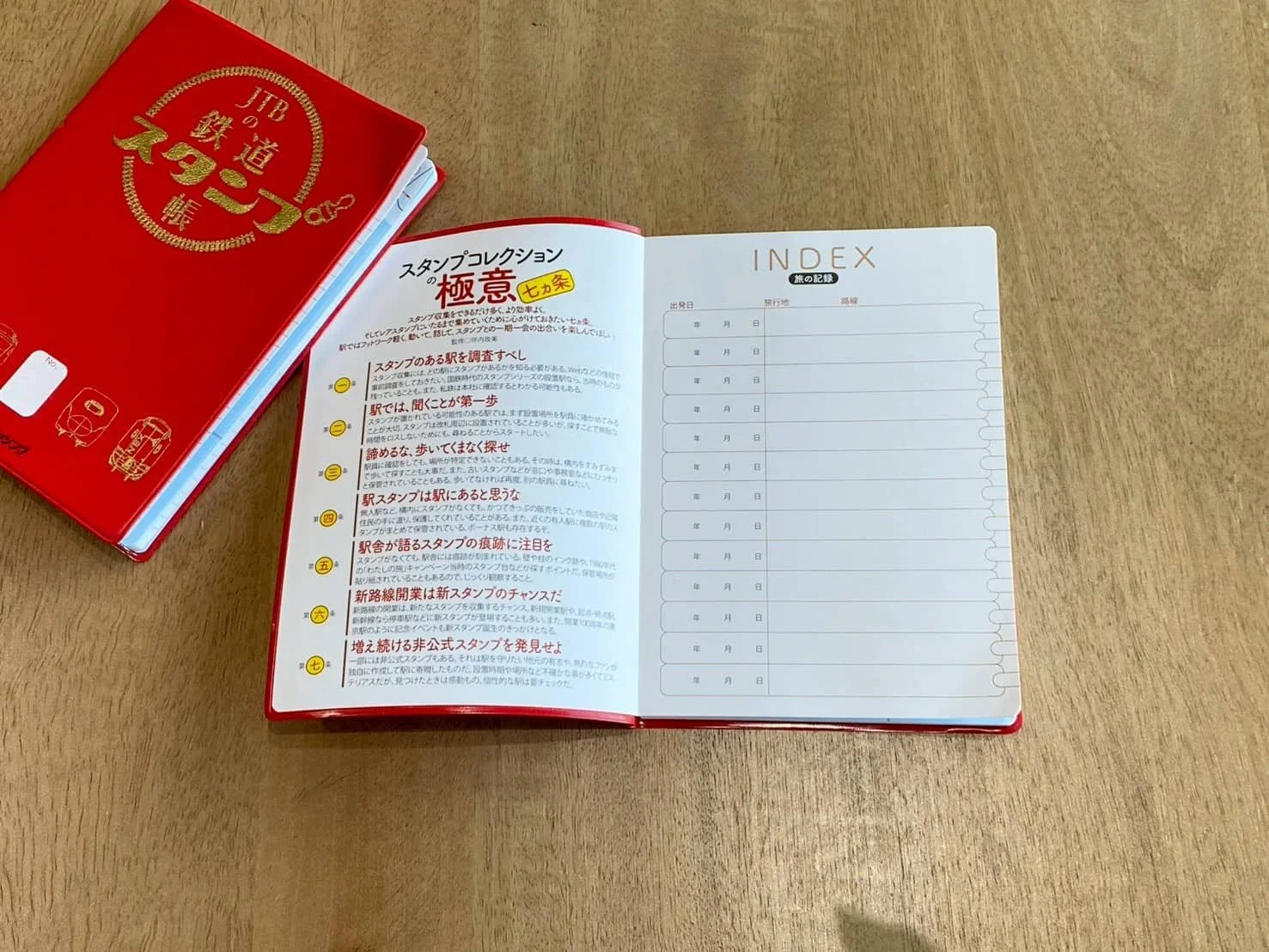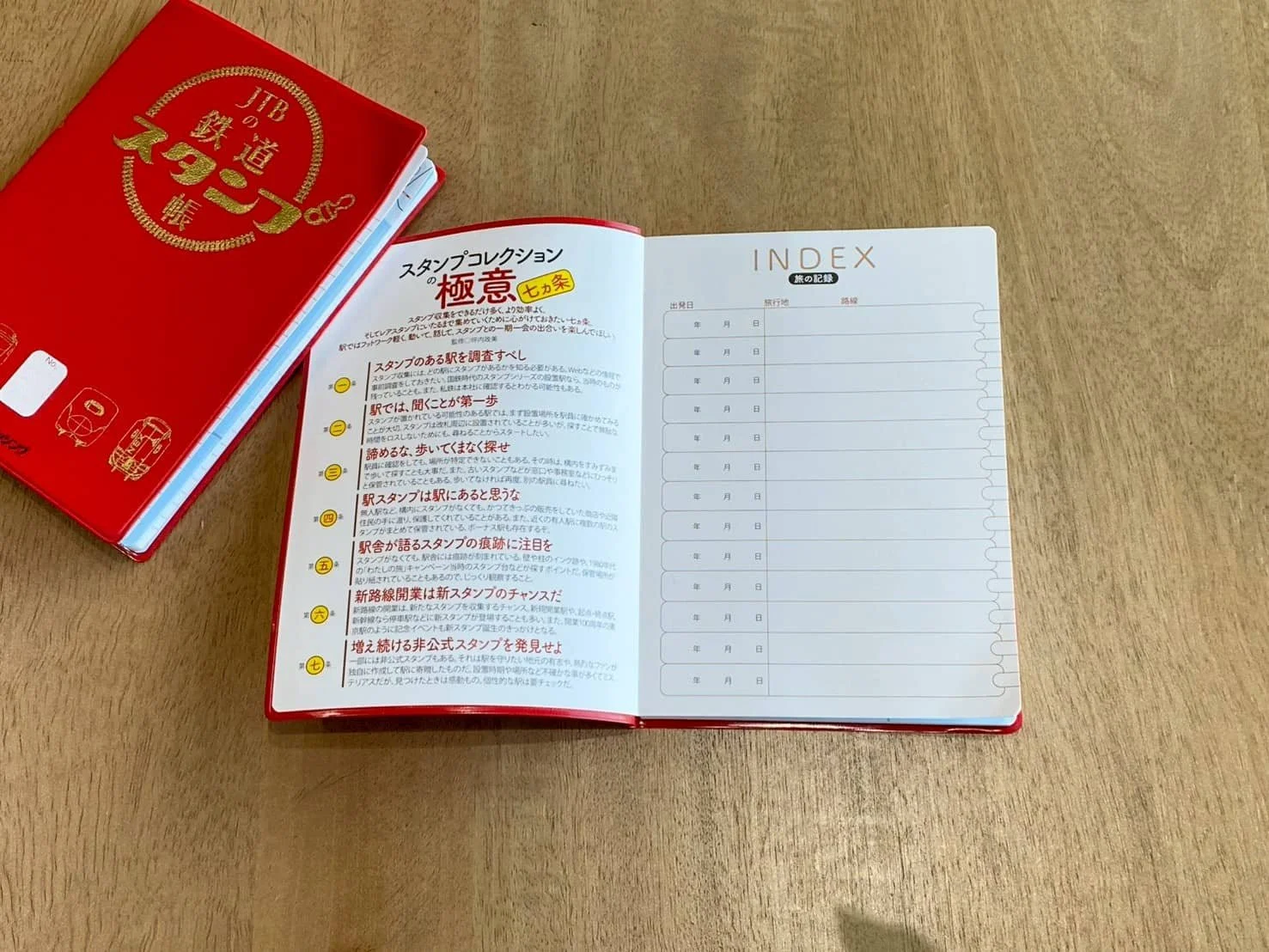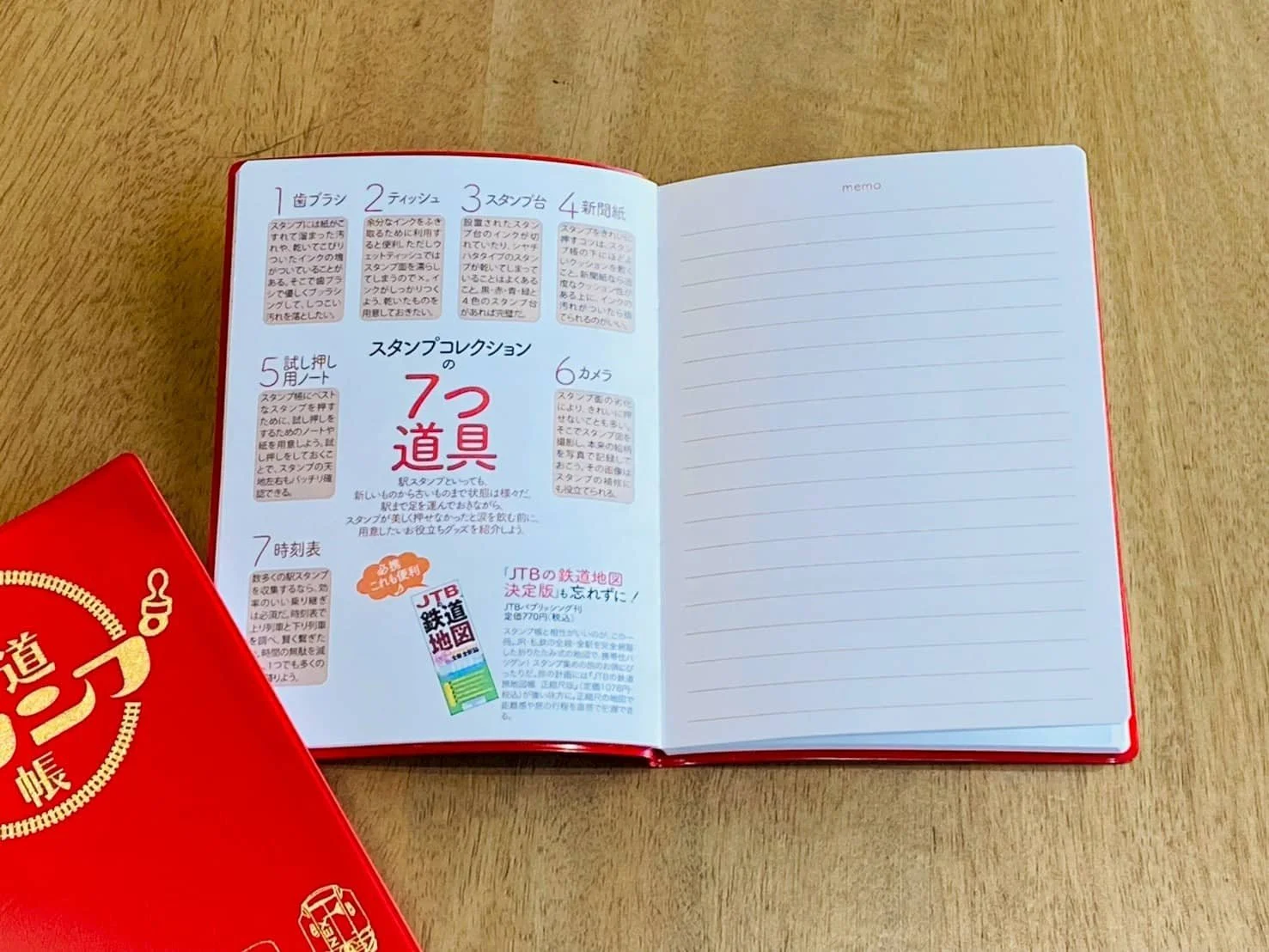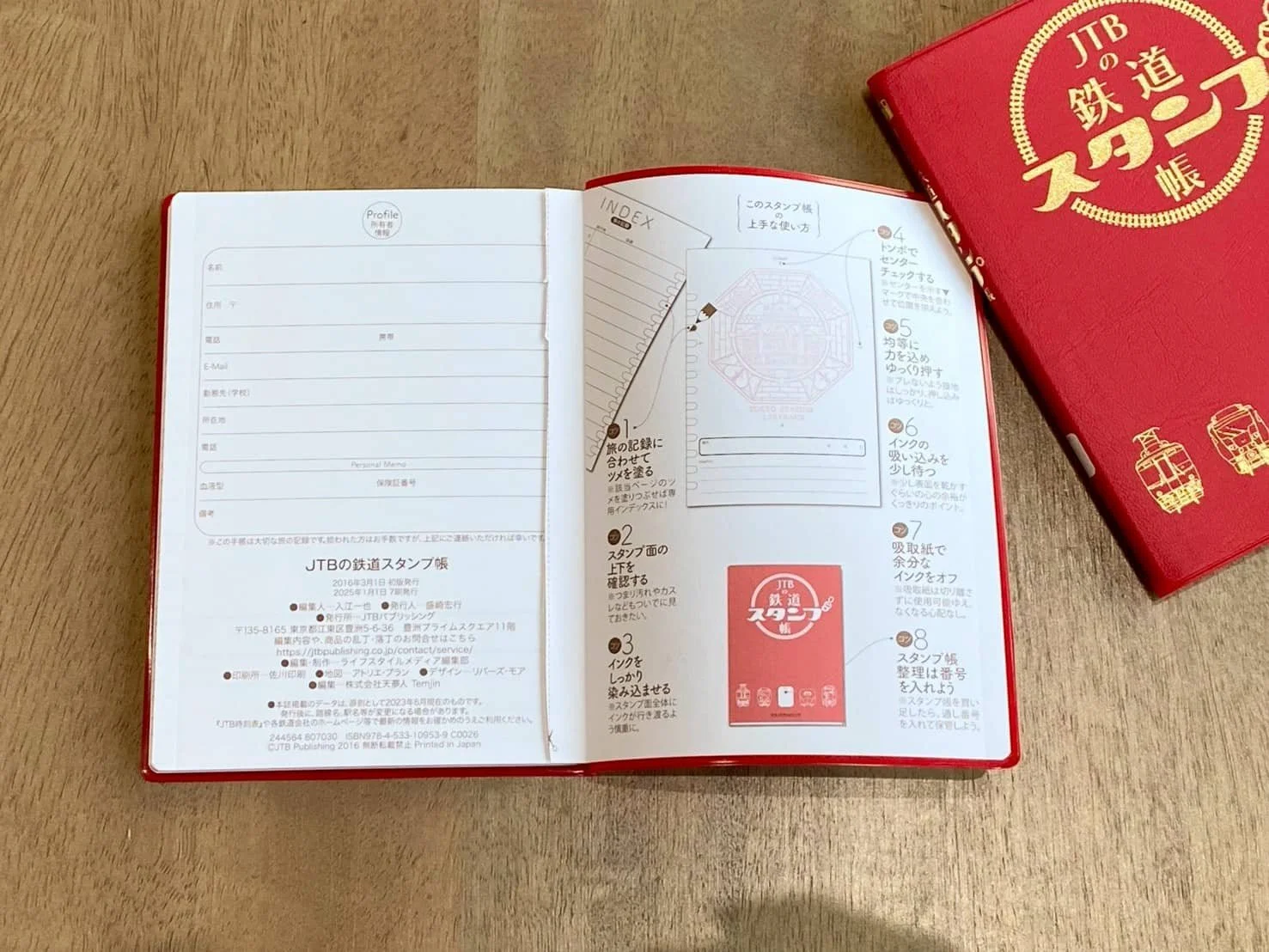We deep-dive into the JTB Railway Stamp Book, translating its exclusive "Seven Secrets" and "Seven Tools" pages to give you the expert knowledge you need to start stamping and organize your Eki Stamp collection like a pro.

To ensure our international audience has the essential knowledge to master Eki Stamp collecting, we've translated the three most valuable pages from the JTB Railway Stamp Book:
1️⃣ Seven Secrets of Stamp Collection
2️⃣ Seven Tools of Stamp Collectors
3️⃣ Guide on How to Use the Stamp Book

These are the fundamental principles recommended for enjoying your stamp collecting to the fullest:
To collect stamps, you need to know which stations have them. It's a good idea to do some advance research using information on the web, etc. If the station has a stamp series from the Japan National Railways era, some of the original stamps may still be there. You may also be able to find out about private railways by checking with their headquarters.
At stations where there is a possibility that stamps are available, it is important to first check with station staff where they are located. Stamps are often installed near the ticket gates, but to avoid wasting time searching for them, it is best to start by asking.
Even if you check with station staff, there are times when they cannot pinpoint the location. In that case, the stamp may be stored in every corner of the station premises. If they are not there, you should ask another station staff member again. It is also important to walk around and look for it. Also, old stamps and other items may be hidden in the counter or office.
Even if there are no stamps on the premises, such as at unstaffed stations, stamp may be passed on to shops that once sold tickets or to near by local residents. There are also bonus stamp where stamps from multiple unstaffed stations are stored together at nearby station with staff.
Even if there are no stamps, Look for traces of them in the station building. Look for ink marks on the walls and pillars, or especially look for the stamp station from the 1980s era "My Travels" campaign. There may also be signs posted indicating where the stamps are kept, so be sure to look carefully.
The opening of a new train line is a chance to collect new stamps. New stamps often appear at newly opened stations, starting and ending stations, and in the case of the Shinkansen, at stations where the line stops. Commemorative events, such as Tokyo Station's 100th anniversary, also serve as an opportunity to find newly created stamps.
Some of the stamps are unofficial. They were created and donated to stations by local volunteers who want to protect the stations, or by passionate fans. There is much uncertainty about when and where they were installed, so they can be a bit mysterious, but it's a thrill when you find one. Be sure to check out these unique stations.

These tools are highly recommended to help you create a clean and beautiful collection, and to handle unexpected situations:
If a stamp is heavily saturated with ink or the rubber is sticky, a soft toothbrush can be used to gently clean the rubber surface.
Useful for wiping away excess ink. Wet tissues are also handy, but be sure to use a dry tissue or cloth to finish drying the stamp pad before the next person.
The ink provided at the station is usually good, but if you want to ensure the quality, bringing your own pad with the standard four colors (black, red, blue, green) is perfect.
The secret to stamping cleanly is using a soft, padded surface underneath your stamp book. Newspaper is widely recommended to absorb the impact and prevent ink smudges.
Always test the stamp quality and ink levels before stamping your official book. This also helps you confirm the perfect position and orientation.
Deterioration of the stamp surface often makes it difficult to print cleanly. Therefore, take a photo of the stamp surface and record the original image. This image can also be used to repair the stamp.
If you want to collect many station stamps efficient transfers are essential. Check the timetable for inbound and outbound trains and make smart connections. Reduce the time wasted and get off at as many stations as possible.

If you mark the index on relevant page, it will become an index.
In other word, you should check for dirt and smudges.
Carefully apply the ink evenly over the entire stamp surface
The light guides on the page (like crop marks) are there to help you align your stamp perfectly in the center.
Gently and firmly press the stamp down, allowing the ink to transfer fully and evenly across the entire image.
The key to a clear image is to allow the surface to dry.
Use the included blotter sheet to absorb any excess ink. It is recommended to cut it down to a size that fully covers the opposite page.
After purchasing multiple stamp books, put a number on the cover and spine to keep your collection perfectly organized on a shelf.





















